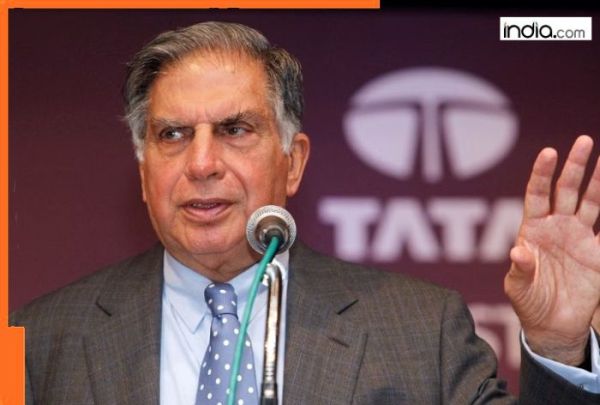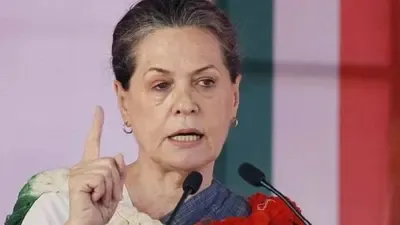
Despite the ongoing shifts in global trade dynamics, India's trade performance remained resilient in the first quarter of the financial year 2026, according to the Monthly Economic Review report released by the Department of Economic Affairs (DEA).
The report highlighted that total exports, including both goods and services, grew by 5.9 per cent year-on-year (YoY) during the April-June period of FY26. Core merchandise exports, which exclude petroleum and gems & jewellery, saw an even stronger growth of 7.2 per cent YoY.
These figures reflect the strength and stability of India's external sector even in the face of global economic uncertainties. It stated, "Amid shifting global trade patterns, India's trade performance remains resilient in Q1 of FY26."
The report data also highlighted that the foreign exchange reserves remained at a comfortable level, providing an import cover of more than 11 months. This is a strong indicator of India's economic stability, helping cushion the economy from external shocks.
Additionally, despite fluctuations in global oil prices and a brief conflict in the Middle East, the Indian rupee showed low volatility and the exchange rate was well contained through the end of June 2025.
The report also touched upon the broader global trade environment. Continuing geopolitical tensions have added uncertainty and complexity to global trade flows.
However, global trade in goods and services demonstrated resilience in the first half of 2025, increasing by USD 300 billion. According to UNCTAD's July 2025 update, global trade growth slowed in the first quarter of 2025 but showed a rebound in the second quarter. While developed countries led the trade growth during this period, developing countries lagged behind, despite their strong performance in earlier quarters.
A notable development has been the declining trend in trade-related uncertainty. The Trade Policy Uncertainty Index, which had peaked in April 2025, showed a significant drop of approximately 35 per cent on a month-on-month basis by June 2025, indicating improving clarity and stability in global trade policies.
In response to the ongoing global trade challenges, countries across the world are increasingly opting for bilateral negotiations to resolve trade disputes.
Simultaneously, they are focusing on building supply chain resilience by incentivising domestic production in critical sectors and diversifying their sourcing across regions.
These efforts aim to ensure long-term viability and stability of trade flows in a fragmented global economic environment.
(This report has been published as part of the auto-generated syndicate wire feed. Apart from the headline, no editing has been done in the copy by ABP Live.)
-
India’s Green Steel Demand Projected To Hit 179 Million Tons By 2050: Report

-
10 Romantic Hindi Songs That Will Make You Believe In Love Again

-
Ratan Tata’s TCS to layoff 12000 employees, this will affect real estate sector due to…

-
The Rise Of Sterlite Tech: Why Starlink Could Be Poised As A Potential Client?

-
Sonia Gandhi attacks PM Modi over 'shameful silence on Gaza genocide'
